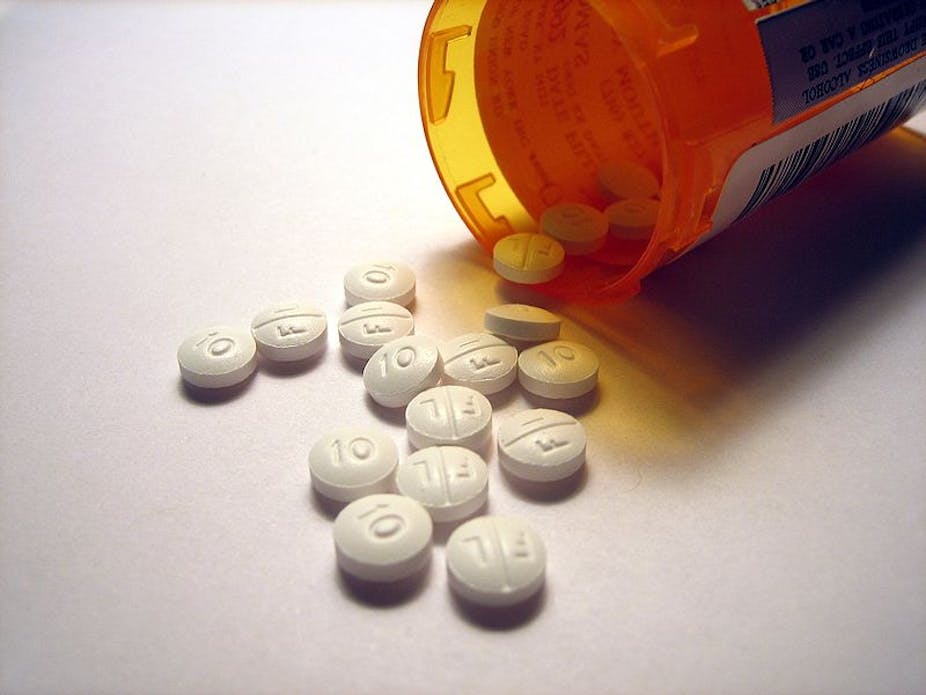The latest report on Therapeutic Goods Administration (TGA) activities – this one concerning transparency – has just been made public, two weeks after it was submitted to the government.
At least this one is now in the public domain unlike earlier reports concerning the promotion of therapeutic goods, advertising standards and complementary medicines.
All of those seem to be in the category of “secret government business”.
The TGA Transparency Review was established by the Parliamentary Secretary for Health and Ageing, the Hon Catherine King MP, because of a perception that the TGA doesn’t provide the public with sufficient information about its activities and the goods it regulates, reflecting a general demand by the public for information as to how we are governed.
The review panel was led by former Commonwealth Ombudsman, Dennis Pearce and included representatives of consumers, health practitioners and the therapeutic goods industry. The panel consulted widely with persons and organisations affected by the TGA’s activities.
The report proposes a move from a passive see-our-website approach to active promotion of TGA activities to improve transparency.
What the TGA does
Before a medicine can be marketed in Australia, it must be approved by the Therapeutic Goods Administration (TGA).
For each medicine, the TGA must balance known safety hazards against the benefits that the drug manufacturer has demonstrated in scientific studies, including whether the claims made for the product are supported by evidence.
The medicine in question must be shown to be of consistent quality from batch to batch and stable for the whole length of its shelf life.
There’s growing pressure on the TGA to disclose details of these pre-market reviews as a result of increasing public awareness of the possible hazards associated with medicines.
The body is open about the fact that it commits a higher level of scrutiny to prescription medicines than to non-prescription medicines. In my opinion this is appropriate because prescription medicines, by definition, pose a higher risk if they are misused or are of poor quality. Scarce public resources are best focused on high-risk medicines.
The lower level of “listing” a medicine as distinct from “registering” it in Australia does not require a review of effectiveness. The listed category refers to over-the-counter medicines of low potency that do not claim to be effective for serious illnesses.
Review recommendations
The report makes broad recommendations concerning public consultation, public education and proactive promotion of its activities and limitations (such as listed medicines not being evaluated for effectiveness prior to market approval).
It also recognises that implementation of its recommendations will only be possible “over a longer term”.
It proposes the TGA proactively report on its activities and promote public awareness:
It should move away from the conservative approach that has characterised its actions in the past.
The report recognises that, in recent years, the TGA has greatly improved its openness. The revised layout of its website introduced this year is newsy, more user friendly and a great improvement on what preceded it.
But in the opinion of the review’s panel, the TGA isn’t moving fast enough and lags behind world standards.
The fact that TGA serves multiple stakeholders was seen initially by the review panel as a problem. But it’s an advance on earlier thinking that considered the pharmaceutical industry as the TGA’s “client”.
Any rational approach recognises that health professionals and patients and their carers have at least the same claim on TGA’s thinking and decision-making as the pharmaceutical industry.
Implementation
But, if the TGA is to implement the Panel’s recommendations, where will it find funds to make the substantial investment in public education that’s demanded?
The TGA’s income is based entirely on fees and charges paid by users of its services, namely the pharmaceutical industry in Australia. Income fluctuates with changes to the economy and the structure of the international pharmaceutical market.
This supply and demand approach doesn’t suit an organisation whose activities require experienced professional input; it cannot easily hire and fire staff as income fluctuates.
In any case, the current fee structure doesn’t provide for the type of activities proposed, which the review acknowledges when it states:
It does not seem likely that the proposals could be implemented within the TGA’s present budget without a reduction in the functions presently being performed.
The panel is strongly of the view that the work of the TGA should not be diminished in any way. Accordingly, if the government is to accept and give effect to the Panel’s recommendations, it will be necessary for resources additional to those currently available to be found.
So this review and its recommendations – and possibly the other reviews and their recommendations – will have been pointless unless and until funds are provided to implement the changes they suggest.

